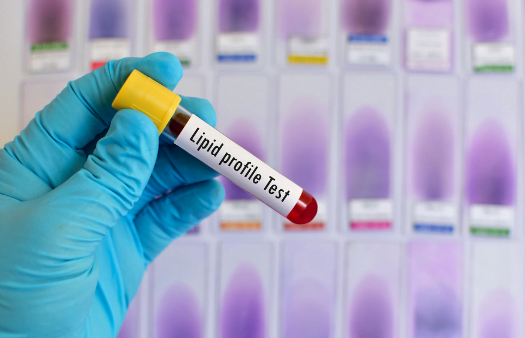Lipid Accumulation Testing in Aquaculture Research
In recent years, aquaculture has emerged as a critical component of global food security. As the demand for fish and shellfish continues to grow, so does the need for comprehensive research into their health, growth, and productivity. Among the key parameters that influence these factors is lipid accumulation within aquatic organisms. Understanding how lipids behave in different environmental conditions can provide valuable insights into optimizing aquaculture practices.
Lipid accumulation testing in this context involves a series of laboratory analyses designed to assess the quantity and quality of lipids present in various stages of fish and shellfish development. These tests are essential for ensuring not only that the aquatic species are healthy but also that they can thrive under diverse environmental conditions. By conducting these tests, researchers can identify optimal feeding strategies, breeding programs, and disease management approaches.
The process begins with specimen collection from different stages of growth, followed by precise preparation methods to ensure accurate results. The laboratory then utilizes advanced analytical techniques such as gas chromatography, mass spectrometry, and nuclear magnetic resonance imaging (NMR) to analyze lipid content and composition. These tools allow for the identification of specific fatty acid profiles which are crucial in determining overall health and viability.
The data obtained from these tests is used to develop models that predict how changes in environmental factors like temperature, salinity, and diet might affect lipid accumulation rates. This information is vital for formulating sustainable aquaculture practices that not only enhance production efficiency but also promote ecological sustainability. Furthermore, understanding lipid dynamics helps in developing more effective treatments against diseases affecting aquatic life.
Accurate and reliable lipid accumulation testing plays a pivotal role in advancing our knowledge about aquaculture systems. It supports decision-making processes related to nutritional requirements, breeding practices, and environmental management plans. By leveraging this information, researchers can contribute significantly towards improving the efficiency of fish farming operations while minimizing ecological footprint.
| Application Area | Description |
|---|---|
| Fish Farming Optimization | Identifying optimal feeding regimens and dietary compositions to maximize lipid content. |
| Breeding Programs Enhancement | Selecting breeding stocks that exhibit high levels of desirable fatty acids for improved product quality. |
| Disease Management Strategies | Developing targeted therapies based on lipid profiles to combat specific ailments affecting aquatic organisms. |
| Eco-Friendly Practices Implementation | Ensuring sustainable practices by aligning nutritional inputs with environmental impacts. |
Benefits
- Enhanced Product Quality: Improved lipid profiles lead to better-tasting and more nutritious products.
- Sustainable Operations: Optimized nutritional inputs reduce waste and environmental impact.
- Faster Growth Rates: Tailored feeding plans accelerate development without compromising health or welfare.
- Better Disease Resistance: Understanding lipid dynamics aids in developing effective prevention measures.
Industry Applications
Competitive Advantage and Market Impact
Accurate lipid accumulation testing provides aquaculture researchers with a competitive edge by enabling them to stay ahead of industry trends. By continuously monitoring changes in lipid content and composition, organizations can adapt quickly to market demands and regulatory requirements.
This service also contributes significantly towards achieving certification standards set forth by international bodies such as ISO 17025 for quality management systems. Compliance with these standards ensures that all tests are conducted under controlled conditions using validated methods, thereby enhancing credibility within the industry.
The insights gained from lipid accumulation testing can be leveraged to develop innovative products and processes that cater specifically to niche markets or emerging trends in consumer preferences. For example, there is growing demand for omega-3 rich seafood due to its health benefits; understanding how to enhance natural levels of this fatty acid through proper feeding practices opens up new opportunities for product differentiation.
Moreover, by integrating advanced analytics into routine testing protocols, companies can gain deeper insights into the relationship between lipid metabolism and other biological processes. This holistic approach fosters innovation across various sectors within aquaculture, including genetics research, feed formulation, and environmental monitoring.





